-
CATEGORY ::
- All Seeds /
- All Flower Seeds /
- All Poppy Seeds
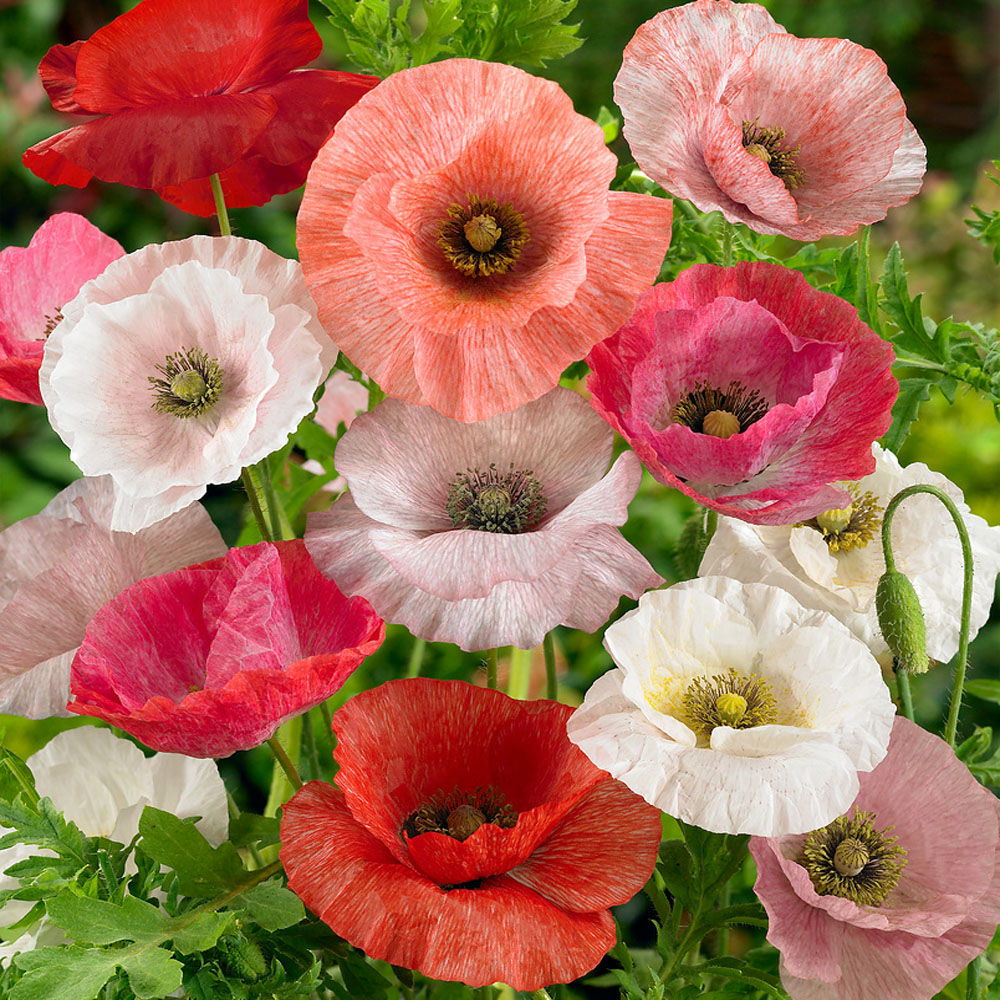

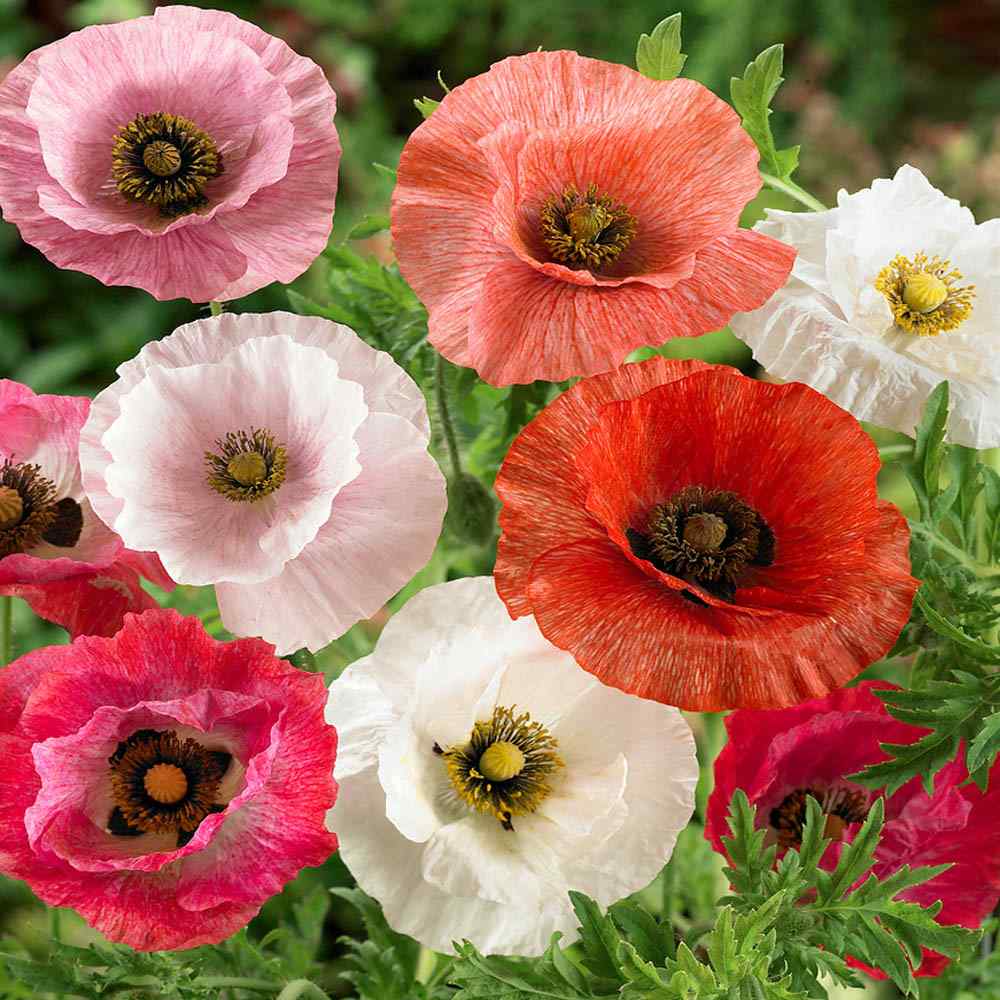

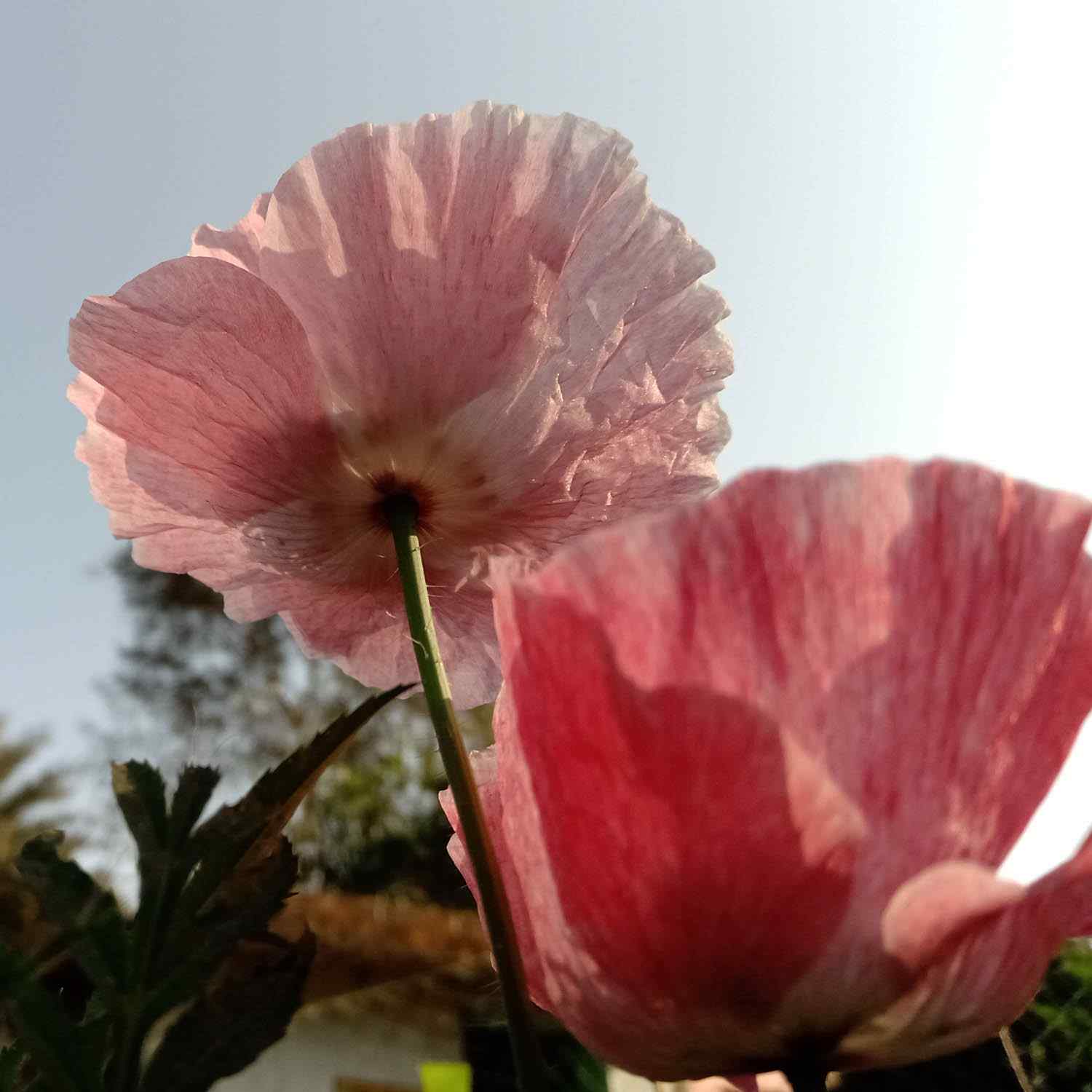
Poppy Seeds - Mother of Pearl
SEASON
Annual
USDA ZONES
3 - 9
HEIGHT
18 - 24 inches
BLOOM SEASON
Late Spring through Summer
BLOOM COLOR
Mix
ENVIRONMENT
Full sun
SOIL TYPE
Organically rich, medium moisture, well-drained soils.
DEER RESISTANT
Yes
SEEDS PER POUND
3,400,000
SEASON
Annual
USDA ZONES
3 - 9
HEIGHT
12 - 15 inches
BLOOM SEASON
Summer
BLOOM COLOR
Red
ENVIRONMENT
Full sun
SOIL TYPE
Loose, well-drained, pH 6.1 - 7.3
DEER RESISTANT
Yes
SEASON
Perennial
USDA ZONES
4 - 9
HEIGHT
24 - 36 inches
BLOOM SEASON
Late spring through early summer
BLOOM COLOR
Black and white
ENVIRONMENT
Full sun
SOIL TYPE
Well drained soil, pH 5.5 - 7.5
DEER RESISTANT
Yes
SEASON
Perennial
USDA ZONES
3 - 8
HEIGHT
12 inches
BLOOM SEASON
Mid spring to early summer
BLOOM COLOR
Orange
ENVIRONMENT
Full sun
SOIL TYPE
Loose, well-drained, pH 6.1 - 7.3
DEER RESISTANT
Yes
SEASON
Annual
USDA ZONES
3 - 10
HEIGHT
10 - 12 inches
BLOOM SEASON
Mid spring to late summer
BLOOM COLOR
Mix
ENVIRONMENT
Full sun
SOIL TYPE
Prefers gritty, fast-draining conditions, pH 6.6 - 7.5
DEER RESISTANT
Yes
SEASON
Annual
USDA ZONES
3 - 10
HEIGHT
12 inches
BLOOM SEASON
Mid spring to late summer
BLOOM COLOR
Pink
ENVIRONMENT
Full sun
SOIL TYPE
Prefers gritty, fast-draining conditions, pH 6.6 - 7.5
DEER RESISTANT
Yes
SEASON
Annual
USDA ZONES
3 - 10
HEIGHT
10 inches
BLOOM SEASON
Mid spring to late summer
BLOOM COLOR
Yellow
ENVIRONMENT
Full sun
SOIL TYPE
Prefers gritty, fast-draining conditions, pH 6.6 - 7.5
DEER RESISTANT
Yes
SEASON
Annual
USDA ZONES
3 - 10
HEIGHT
10 inches
BLOOM SEASON
Mid spring to late summer
BLOOM COLOR
White
ENVIRONMENT
Full sun
SOIL TYPE
Prefers gritty, fast-draining conditions, pH 6.6 - 7.5
DEER RESISTANT
Yes
About...
Poppy (Papaver Rhoeas Mother of Pearl) - A beautiful mixture of pleated blooms in misty shades of grey, lilac, mauve, pink, soft orange, and white pirouette gracefully at the ends of the wiry stems. For an easily grown splash of color, few flowers can equal poppies with their flowers produced in profusion throughout the summer.MORE POPPY OPTIONS
Planting Directions
TEMPERATURE
55 - 60F
AVERAGE GERM TIME
21 - 28 days
LIGHT REQUIRED
Yes
DEPTH
Do not cover the seed but press into the soil
SOWING RATE
4 - 5 seeds per plant
MOISTURE
Keep seeds moist until germination
PLANT SPACING
10 inches
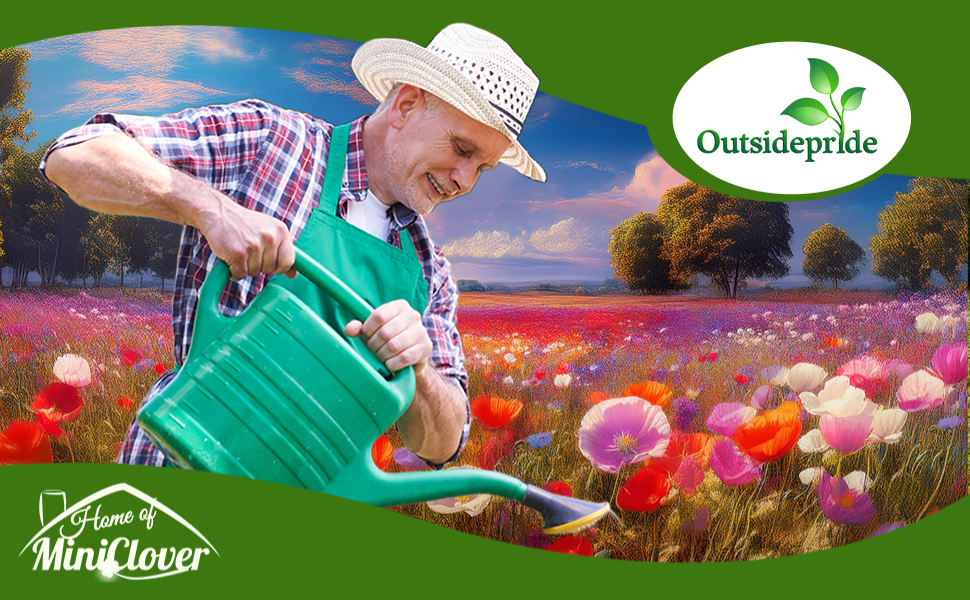

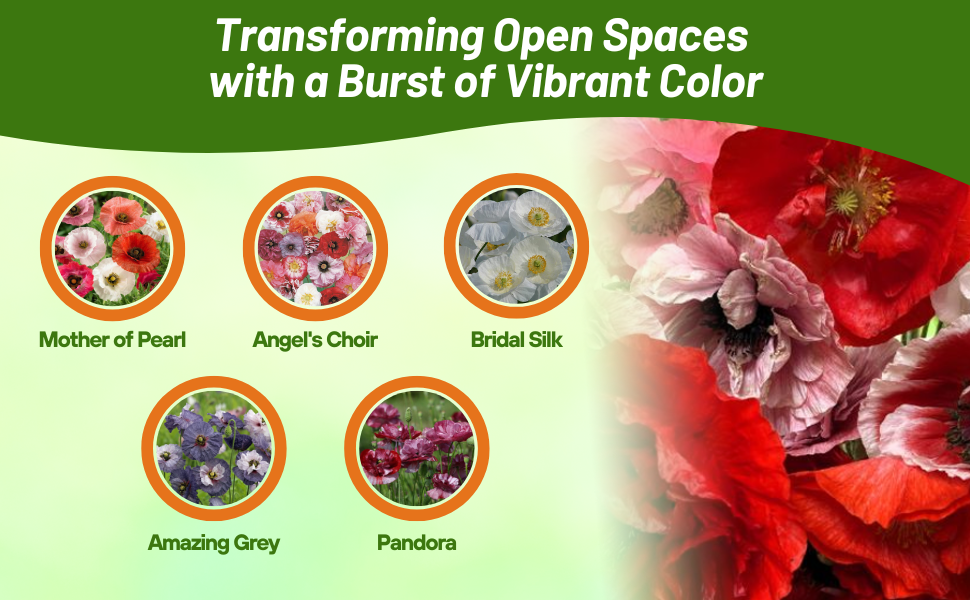

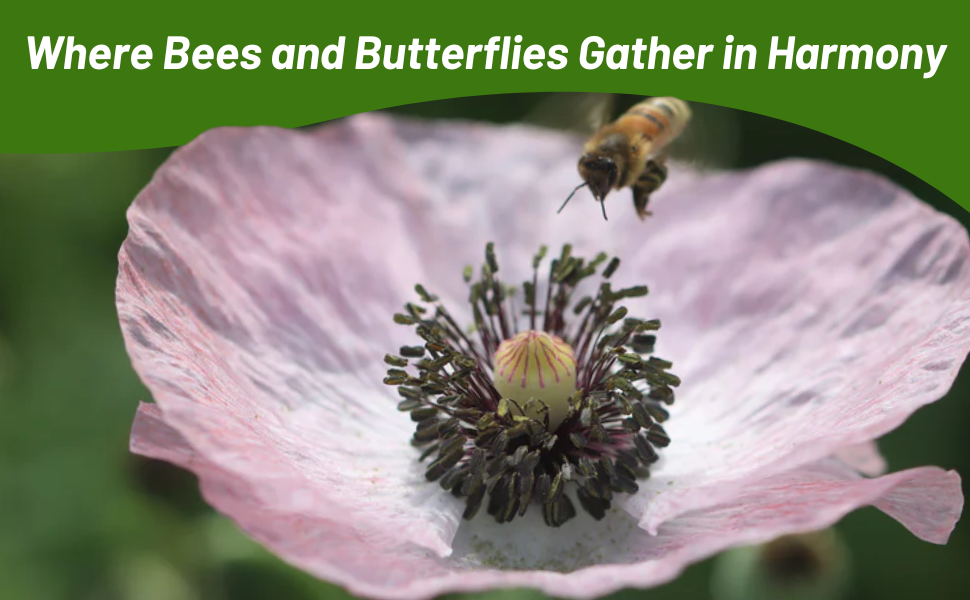
Poppy (Papaver Rhoeas Mother of Pearl) - A beautiful mixture of pleated blooms in misty shades of grey, lilac, mauve, pink, soft orange, and white pirouette gracefully at the ends of the wiry stems. For an easily grown splash of color, few flowers can equal poppies with their flowers produced in profusion throughout the summer. Sow and forget, nearly all will flower in the first year from sowing.
Mother of Pearl is a Papaver rhoeas cultivar, which is also known as the common poppy, corn poppy, field poppy, or Flanders poppy. The plant has a clumping, spreading habit and is best displayed when grouped or massed in borders or beds. Easily grown from seed and extremely low maintenance, "Mother of Pearl" Poppy prefers full sun and organically rich, medium moisture, well-drained soils. It is intolerant of drought and overly wet, poorly drained soils. Growing best in cool summer climates, it does not perform well in high heat and humidity and may require some light afternoon shade in hot summer climates. Deadheading spent flowers keeps the poppy blooming. The flowers freely self-seed in suitable conditions, naturalizing and returning from year to year, performing more like a perennial than an annual. Deer and rabbit tend to leave papaver rhoeas alone.































